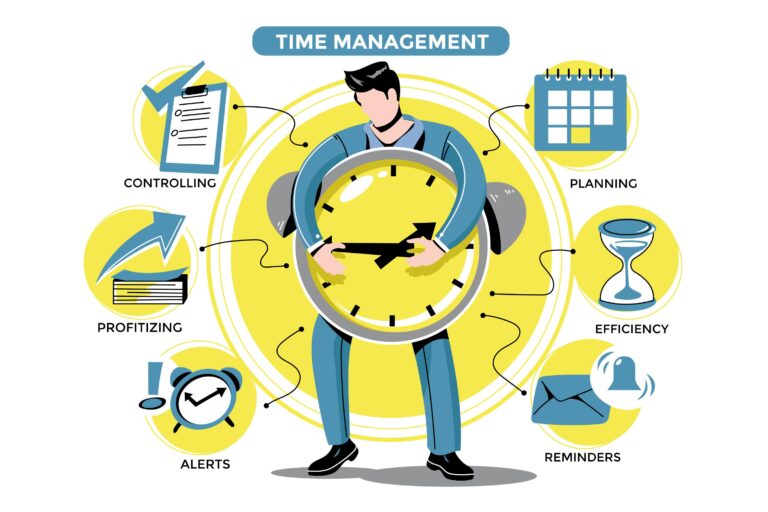6 Best Writing Tips for Ph.D. Proposals: LeranHow to Write a Great Ph.D. Research Proposal
As you may be well aware, as a Ph.D. scholar, in the fierce battle for Ph.D. slots, the quality of your research proposal may significantly influence the success of your application. Suppose you want to know more about how to structure and present your Ph.D. proposal in the best possible manner for impeccable results; read on.
Check-Out: [How to Apply For PH.D.]
6 best writing tips for Ph.D. proposal
Writing a strong Ph.D. proposal is crucial for gaining acceptance into a doctoral program. Here are 6 best writing tips for Ph.D. proposal:
- The Purpose of a Proposal
The primary goal of Ph.D. research proposal writing is to facilitate your thesis research, completion, and delivery. It is also useful for letting your supervisor, reviewers, and University panel of Experts know what interests you and how you want to conduct your research for your Ph.D. Consider your proposal a road map outlining a flexible and verifiable model for your argument. The following are some broad goals for writing a Ph.D. proposal:
- Utilize your mentor and get input.
- Provide a versatile framework for your research
- Develop several concepts for your final thesis.
Writing a research proposal for a Ph.D. should clearly explain one research topic that might lead to new or original information and how you intend to answer it. It should also passionately articulate what you want to investigate and why and your awareness of the existing literature.
If you need some professional guidance, I am here to help. You can schedule a session with me for FREE and get all the clarity you need right now. CLICK HERE to schedule the session.
- Create a compelling working title.
The reader will understand your Ph.D. statement straight from the title of your proposal, which should accurately convey the nature of the research question you will be addressing. The title should also include the setting in which the research will be conducted, the scope of the research, and any possible consequences or expected outcomes. Although you may find a template, writing a research proposal for a Ph.D. should be specifically tailored to the title of your Ph.D. proposal, which should also catch the reader’s interest immediately.
If you need more in-depth insight into the topic selection, check out my book, “A Guide to a Topic Selection Journey for First-time Researchers: ZEROING IN ON A RESEARCH TOPIC.”
Ask these questions to yourself while framing the title:
- What problems will be addressed/solved by my Ph.D. proposal?
- What is my Ph.D. research supposed to prove?
- Who is the most relevant audience of my Ph.D. research?
- Who will benefit from the research, and how?
- Put your study in the context.
The contextual framework will demonstrate your comprehension and knowledge of the major concerns and arguments. A research proposal will address the most significant theories, models, and texts surrounding and impacting your research topics. It should centre on the theoretical and practical knowledge gaps your project seeks to fill, as this ultimately justifies and inspires your effort.
- Research techniques
Additionally, you should provide evidence that the study you propose for your Ph.D. proposal is possible and that you are qualified to do it. At this point, you must clarify how you will approach the research that will enable you to meet your objectives. The research methods and tools that will be selected for data collection. Justify each methodological decision and demonstrate how it will help reach the primary goal.
- Start Writing
After everything has been clarified and you have established your strategy, get started on writing the draft, but do not rush! Please discuss the tone of the proposal with your mentor beforehand. The tone of a Ph.D. proposal is often formal. However, the actual thesis could differ. As a result, you must be sure what you expect to achieve before starting.
- Have a clear research plan.
You should include actionable and quantifiable deadlines and milestones to show how you intend to conduct the study. Recall that Ph.D. proposals typically require at least three to five years of research.
Lastly, you will provide any files, including your academic resume and a list of the most important books. Show off your critical reflection ability by choosing only the most relevant sources. Ensure you have followed the guidelines for the research proposal format before sending this document with your Ph.D. application.
This implies that
- Each page has a number on it.
- It is expert, captivating, and educational.
- The Ph.D. proposal has been edited by an expert to fix any grammar or spelling mistakes and by an experienced academic to ensure that it complies with academic standards.
- It has a contents page with a structure suited for reading and laid out with headers.
You may develop a Ph.D. proposal of the highest calibre and eloquently outline your research goals using this article’s advice. Remember that your Ph.D. proposal is not binding since the subject you decide to pursue may alter greatly from what you originally proposed.
You have to submit it more than once before the supervisor approves it. So, get started and have fun doing it!







